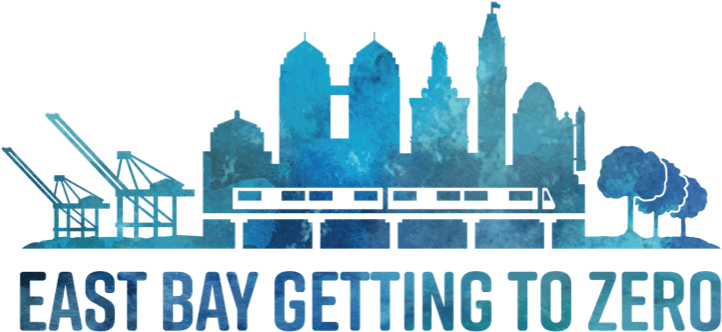52 people joined us online on August 5, 2021 to celebrate the 10th anniversary of our linkage network and learn about HIV linkages from the Alameda Health System Emergency Department (ED) and support for people who use substances from the Bridge Clinic. We also shared cases, questions and strategies to strengthen ED and substance use linkages in small and large groups. Click below to download workshop materials, see the presentations and summary of strategies.
Watch a recording of the presentation on East Bay HIV linkages, Alameda Health Systems ED HIV testing and linkages, Bridge Clinic substance use services, and highlights of strategies shared in the breakout groups:
Linkage and Retention Network 10th Anniversary
Strengthening Emergency Dept (ED) and substance use linkages
Strategies and best practices shared in breakout groups
General approach and creative ways of providing services
- Be creative, with above and beyond commitment and willingness to go beyond protocols.
- Integrate peers (people who have similar lived experiences) into the process.
- Utilize the network to leverage resources, such as health care for the homeless, pharmacies.
- Recognize that youth and the Children’s Hospital ED have unique needs and challenges.
- Meet people where they’re at in the community and bring services and resources to them, such as:
- Linkage care packs (inspired by the Bridge harm reduction packs) with hygiene kits, food, grocery / gas / transportation vouchers or gift cards
- Phones and chargers, including solar chargers
- Equipment, systems and coaching for telehealth services at encampments and shelters.
Communication with individual clients
- Take the time to understand the person.
- Be willing to have sensitive conversations about basic needs and support them to meet their needs, such as access to a phone, food, transportation and housing.
- Recognize the client’s own goals and prioritize together.
- Be sensitive around what information you share and discuss with the client what is shared.
Communication and coordination across organizations
- Have a reliable point of contact for each team/organization.
- Make sure you have updated phone numbers for the client.
- Communicate shared goals and priorities with organizations you are referring to.
- Be responsive and open to ongoing communication and problem-solving between providers.
- Use the EHR to see visits and where people are getting services and coordinate with them.
- Add out-of-care notes and case manager contact info into the EHR problem list notes.
Contacts from workshop presenters and for county linkages/partner services:
- Highland/AHS ED HIV team: 510-437-8368 and GetTested@alamedahealthsystem.org
- Bridge Substance Use Navigator team: 510-545-2765 and SUN@alamedahealthsystem.org
